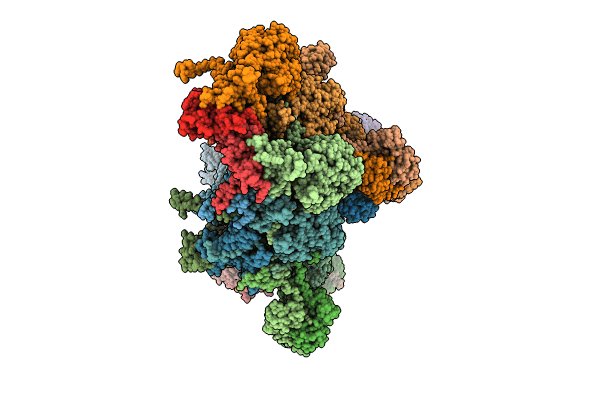
Deposition Date
2023-01-05
Release Date
2024-01-31
Last Version Date
2024-10-23
Entry Detail
PDB ID:
8FQC
Keywords:
Title:
Structure of baseplate with receptor binding complex of Agrobacterium phage Milano
Biological Source:
Source Organism:
Agrobacterium phage Milano (Taxon ID: 2557550)
Method Details:
Experimental Method:
Resolution:
3.20 Å
Aggregation State:
PARTICLE
Reconstruction Method:
SINGLE PARTICLE


